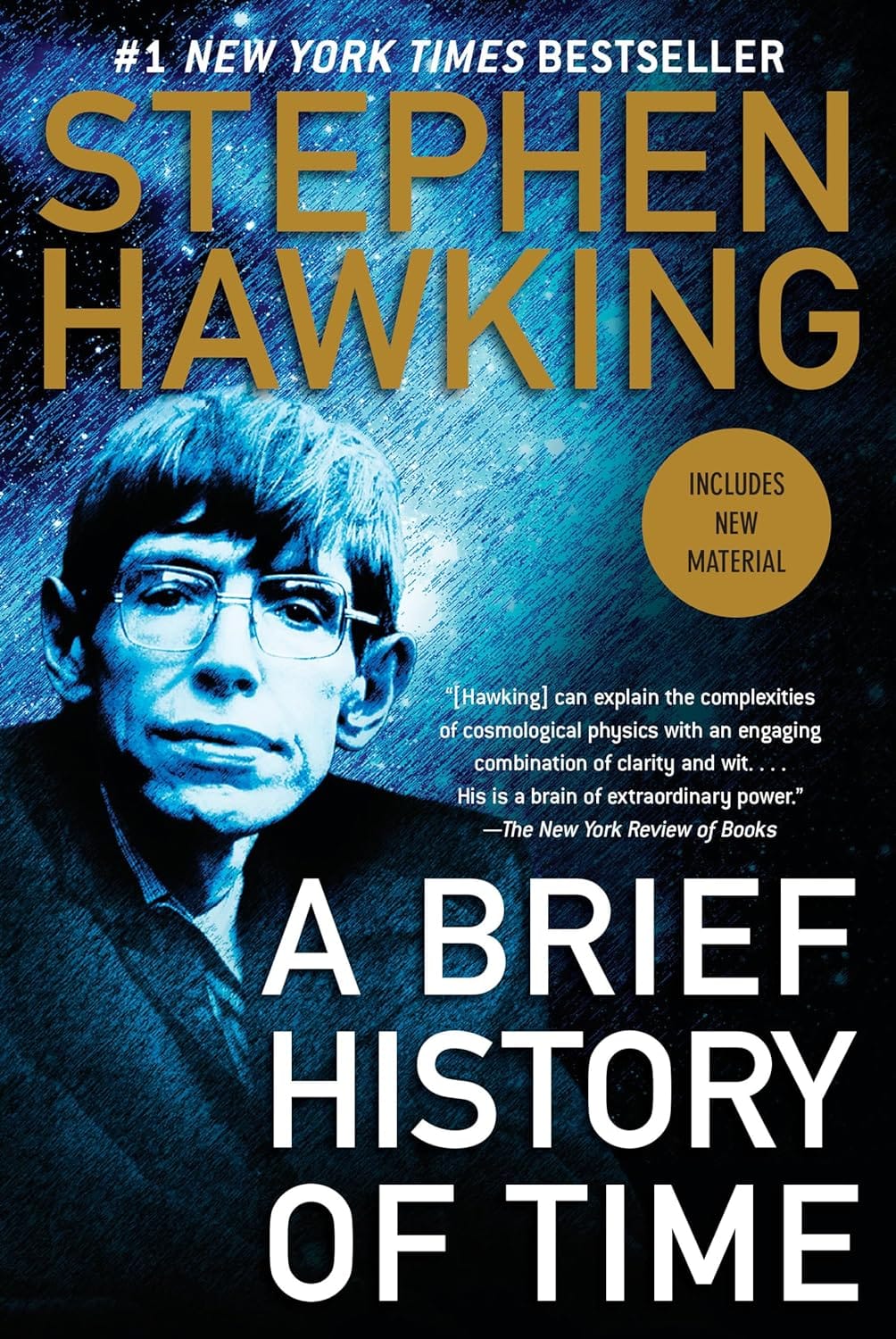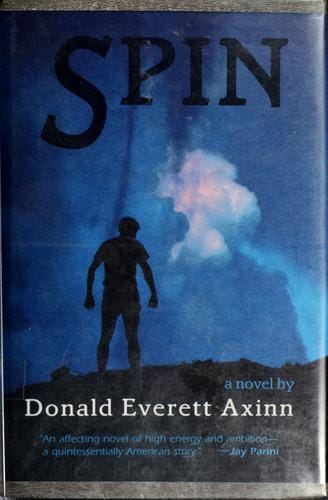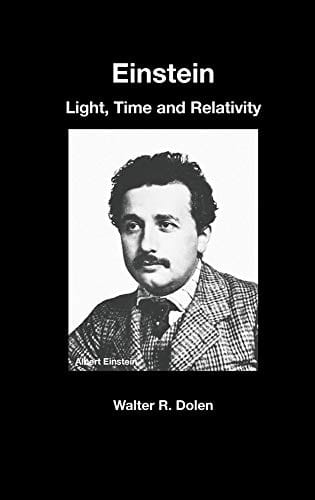A Brief History of Time: Exploring Stephen Hawking’s Landmark Book and Its Impact on Cosmology

Introduction: Why Revisit "A Brief History of Time"?
More than three decades after its publication in 1988, Stephen Hawking’s "A Brief History of Time" continues to sit on bestseller lists and classroom syllabi alike. The slim book, promoted as a non-technical tour of modern cosmology, has sold over 25 million copies and been translated into dozens of languages. For searchers interested in the intersection of science and popular culture, understanding the origin, content, and enduring influence of this title is essential. In roughly 800 words, this article revisits Hawking’s classic, spotlighting the breakthroughs it describes, the accessible language it pioneered, and the profound impact it still exerts on physics education and public curiosity.
Stephen Hawking and the Birth of a Bestseller
By the mid-1980s, Stephen Hawking was already recognized among physicists for his groundbreaking work on black-hole thermodynamics and singularity theorems. Yet outside academic circles his name was barely known. Bantam Books approached Hawking with a bold proposal: write a concise history of the universe that any interested reader could finish on a long flight. Hawking, communicating largely through a speech-generating device due to amyotrophic lateral sclerosis (ALS), accepted the challenge. His goal was ambitious: explain the big bang, quantum mechanics, general relativity, and the ultimate fate of the cosmos without resorting to equations—other than the famous E = mc². The resulting manuscript, trimmed and re-edited for clarity, became the science publishing phenomenon of the late twentieth century.
Key Concepts Explained in Plain Language
The brilliance of "A Brief History of Time" lies in its ability to simplify towering concepts without stripping them of substance. Hawking begins with Aristotle and Newton, establishing a historical foundation before introducing Einstein’s theory of general relativity. He then leads readers through the expanding universe, cosmic microwave background radiation, and the arrow of time. Chapters on black holes reveal how gravitational collapse can bend spacetime so drastically that not even light escapes, while discussions of quantum fluctuations foreshadow what would later be called the multiverse. By weaving storytelling with clear analogies—such as comparing curved spacetime to a rubber sheet—Hawking keeps jargon to a minimum and comprehension high, a practice many subsequent science writers now emulate.
Black Holes and Hawking Radiation
No summary of Hawking’s book is complete without mention of the discovery that bears his name: Hawking radiation. In a few concise pages, the author outlines how virtual particle pairs at a black-hole horizon allow energy to leak away, ultimately causing the black hole to evaporate. This counterintuitive insight married principles of quantum theory with gravitational physics and hinted at a deeper, still-sought-after theory of quantum gravity. For lay readers, the description offers a window into how new ideas arise from paradoxes—an excellent SEO keyword for anyone researching "black hole evaporation" today.
How the Book Simplified Complex Physics
Prior to 1988, most popular science titles either glossed over mathematics entirely or drowned audiences in it. Hawking chose a middle path, employing everyday metaphors while retaining the rigor of scientific reasoning. To illustrate light cones and world lines, he asked readers to imagine someone shining a flashlight in fog. To depict quantum uncertainty, he referenced the flicker of television static. This technique not only demystified cutting-edge physics but also revolutionized science communication. Modern podcasts, YouTube channels, and TikTok explainers trace their lineage to this bespectacled professor’s willingness to meet readers where they are.
Cultural Impact and Legacy
"A Brief History of Time" transcended the bookstore aisle. It inspired documentaries, cameo appearances in "The Simpsons," and countless lecture tours. Universities reported enrollment spikes in astronomy and physics courses after the book’s release, a phenomenon dubbed the "Hawking effect." Google Trends data still shows seasonal surges in searches for the book around World Science Day, evidence that its cultural resonance endures. The work also paved the way for Hawking’s later titles such as "The Universe in a Nutshell" and "Brief Answers to the Big Questions," expanding his role from researcher to global science ambassador.
Criticisms and Continuing Debates
No classic escapes critique. Some physicists argue that Hawking’s presentation of the anthropic principle borders on speculation, while philosophers debate his dismissal of a need for a divine creator. Additionally, rapid advances in observational cosmology—like the detection of gravitational waves and high-resolution cosmic background maps—postdate the book, rendering certain numerical estimates obsolete. Yet the central narrative, that human intellect can interrogate the universe and glean astonishing truths, remains unscathed. In fact, ongoing debates about information loss in black holes make the book more relevant, not less.
Why "A Brief History of Time" Remains Relevant
Search engine optimization aside, relevance is measured by a work’s ability to spark new questions. As classrooms adopt flipped learning models, Hawking’s lucid chapters serve as pre-lecture reading, priming students to grapple with tensors and Hilbert spaces later. For adult learners streaming masterclasses on relativity, the book offers a foundation sturdy enough to build on yet light enough to read over a weekend. Moreover, its narrative underscores inclusivity: a scientist with severe physical limitations reshaped public discourse on cosmology, proving that ideas, not bodies, steer discovery.
Conclusion: The Timeless Appeal of a Brief History
From the first sentence—"We go about our daily lives understanding almost nothing of the world"—to the final meditation on humanity’s cosmic significance, "A Brief History of Time" invites readers to contemplate existence itself. It compresses billions of years into 256 pages and, in doing so, expands the mind of anyone turning those pages. Whether you are optimizing content for keywords like "big bang theory," drafting a lesson plan, or simply hunting for an engaging read, the book’s clarity and wonder make it indispensable. Stephen Hawking transformed the way scientists communicate and the way non-scientists dream about the stars. Three decades on, that achievement still feels nothing short of miraculous.



